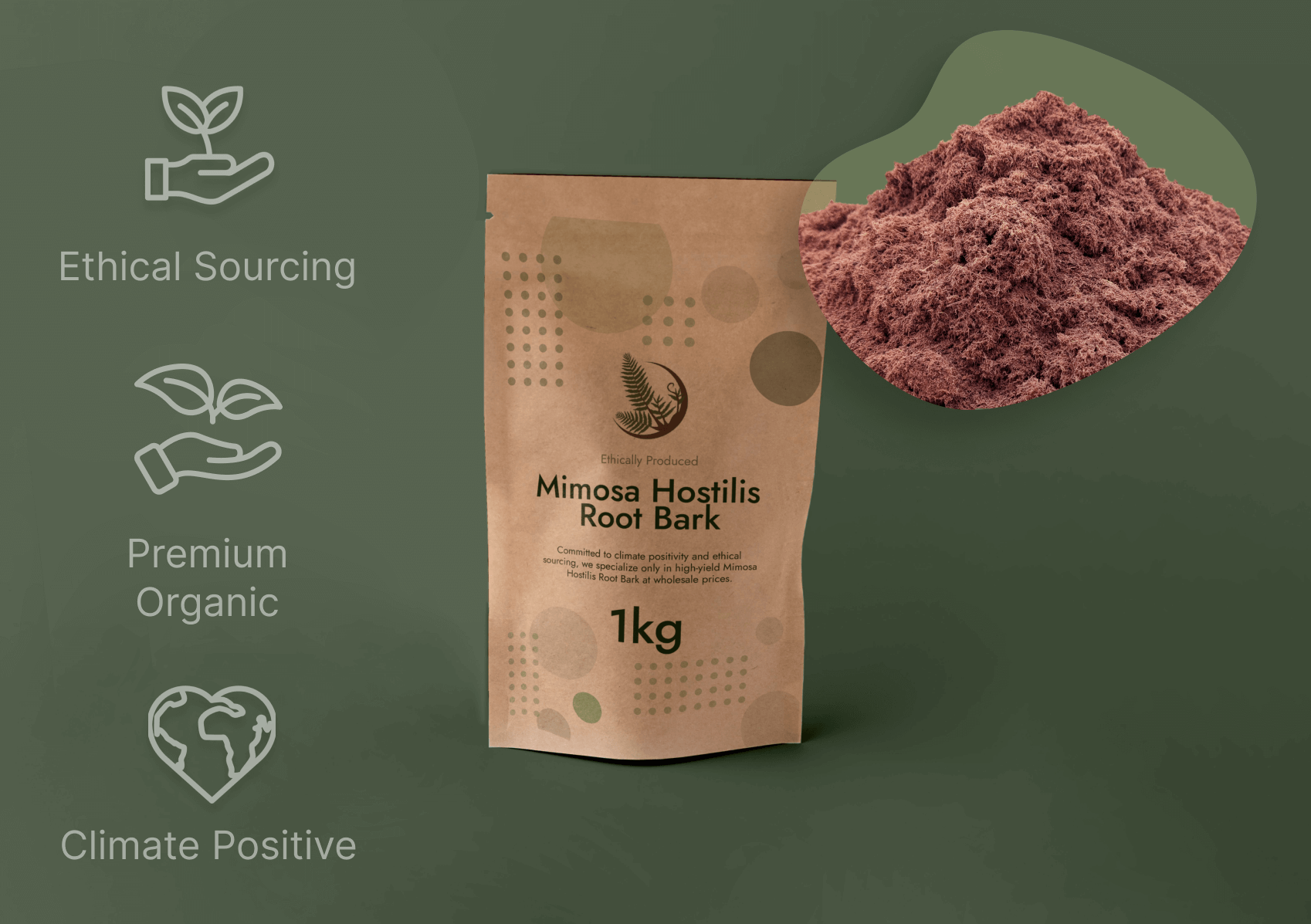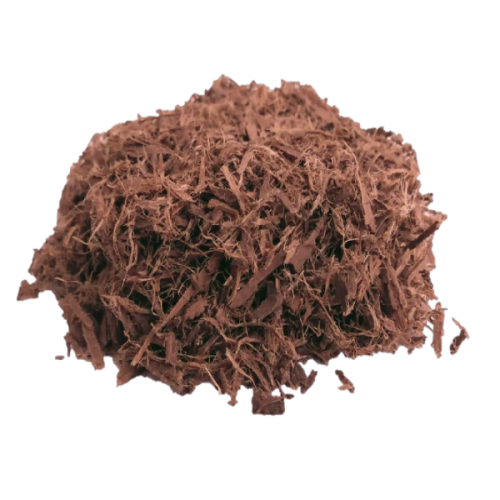Mimosa Hostilis Root Bark: A Information to Origins and Employs
Wiki Article

Mimosa Hostilis Root Bark holds a major position in conventional tactics and fashionable botanical programs. This article explores the qualities, origins, and common queries encompassing this amazing plant content, with a certain center on the prized Brazillian Mimosa Hostilis Root Barks.
What's Mimosa Hostilis Root Bark?
Mimosa Hostilis, scientifically generally known as Mimosa tenuiflora, is usually a perennial tree indigenous into the northeastern location of Brazil and areas of Mexico. The foundation bark of the tree has actually been made use of for hundreds of years by indigenous communities for various realistic and common applications. The internal root bark contains noteworthy concentrations of tannins, alkaloids, as well as other phytochemicals that add to its exclusive Qualities and purposes.
The tree by itself is remarkably resilient, able to surviving in poor soils and drought problems. This hardiness contributes to your robust nature of your bark and its chemical profile. When harvested sustainably, the outer root bark is carefully divided to obtain the dear inner bark, that's then dried and prepared for use.
Brazilian Mimosa Hostilis Root Bark: The Gold Conventional
When speaking about high quality in Mimosa Hostilis solutions, the Brazillian Mimosa Hostilis Root Barks are usually regarded remarkable in the botanical current market. Many elements contribute to this name:
Ideal Increasing Circumstances
The precise soil composition, weather, and ecosystem of Brazil's northeastern area produce ideal situations for Mimosa tenuiflora to establish its total chemical possible. The mineral-loaded soils and particular pattern of rainfall and daylight On this area show up to boost the focus of active compounds in the root bark.Standard Harvesting Information
In areas exactly where Mimosa Hostilis has become utilised ordinarily, harvesters have made innovative approaches for sustainable harvesting that preserves both of those the tree as well as the potency of the bark. This understanding, handed down as a result of generations, makes certain that the bark is collected at the correct time of yr and processed making use of tactics that maintain its integrity.Distinct Physical Attributes
Brazilian Mimosa Hostilis Root Bark typically displays a loaded reddish-brown to purple internal bark that has a fibrous, dense texture. The Visible qualities often function an Original indicator of excellent, with skilled consumers recognizing the unique visual appeal of bark from this location.
Typical Programs and Takes advantage of
The applications of Mimosa Hostilis Root Bark span equally traditional and present day contexts, while It truly is critical to comprehend the authorized status of these employs differs by place and jurisdiction.
Common Craft and Observe
Indigenous communities have historically applied Mimosa Hostilis Root Bark for making all-natural dyes for textiles, While using the bark generating lovely shades of purple, burgundy, and deep brown. The Brazillian Mimosa Hostilis Root Barks tannin-loaded properties also designed it important for leather tanning and other functional programs.Modern-day Botanical Exploration
Modern day interest in Mimosa Hostilis Root Bark extends to various fields of botanical analysis, especially learning its chemical composition and possible programs. Researchers have discovered numerous interesting compounds in the bark that warrant further more scientific investigation.Horticultural and Agricultural Takes advantage of
In permaculture and sustainable agriculture, Mimosa tenuiflora is valued like a nitrogen-correcting species which will increase soil quality. The bark alone, when processed, may be used as being a all-natural mulch or soil amendment in selected agricultural contexts.Good quality Assessment and Identification

For the people working with Mimosa Hostilis Root Bark, comprehension the best way to assess quality is vital. High-top quality content, significantly reliable Brazillian Mimosa Hostilis Root Barks, usually displays certain traits:
The Visible physical appearance need to demonstrate a clear distinction concerning the outer and inner bark, While using the internal bark displaying deep, lively colours. The fabric should have a attribute earthy, a bit sweet aroma, no cost from musty or moldy notes. When processed, the bark should produce a great powder even though keeping its fibrous framework right until grinding. Effectively dried bark must be brittle although not dusty, indicating correct moisture content.
Commonly Asked Issues (FAQs)
one. Exactly what is the difference between Mimosa Hostilis Root Bark from Brazil together with other locations?
Brazilian Mimosa Hostilis Root Bark is usually regarded as superior as a result of best developing ailments in northeastern Brazil, which lead to higher concentrations of Lively compounds. The traditional harvesting approaches made use of With this area also lead to the general good quality and potency of the final product or service.two. How must I keep Mimosa Hostilis Root Bark to take care of its quality?
Store the bark inside a amazing, dim, and dry put in an airtight container. Security from light-weight, dampness, and Excessive temperature fluctuations might help preserve the bark's chemical integrity and stop degradation of its Lively elements.3. Is Mimosa Hostilis an endangered species?
No, Mimosa tenuiflora is not really currently listed as an endangered species. Actually, It truly is recognized for its resilient expansion and skill to thrive in complicated circumstances. Nonetheless, dependable harvesting techniques are still important to ensure the sustainability of wild populations.4. Am i able to increase Mimosa Hostilis beyond its indigenous habitat?
While Mimosa tenuiflora thrives finest in its indigenous tropical local climate, it might be cultivated in similar environments. The tree necessitates perfectly-drained soil, a good amount of sunlight, and safety from frost. On the other hand, the chemical profile of cultivated specimens may well differ from wild-harvested Brazilian materials.five. What's the authorized position of Mimosa Hostilis Root Bark?
The legal standing may differ substantially by nation and jurisdiction. In certain sites, the Uncooked bark is authorized to have, while in Some others, particular extracts or preparations may very well be controlled. Generally research and adjust to regional laws and regulations ahead of attaining or using any botanical compound.Being familiar with Mimosa Hostilis Root Bark, significantly the top quality Brazillian Mimosa Hostilis Root Barks, involves appreciation of its botanical attributes, regular context, and appropriate programs. No matter whether for research, craftsmanship, or botanical analyze, this exceptional plant material proceeds to generally be a topic of curiosity across a number of fields, nevertheless normally inside of correct authorized and moral boundaries. Report this wiki page